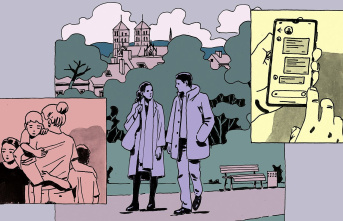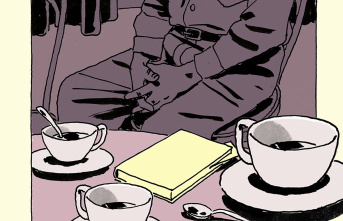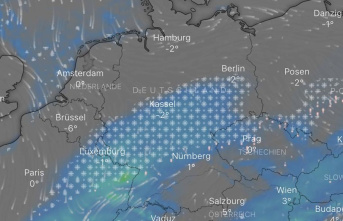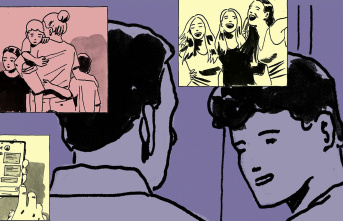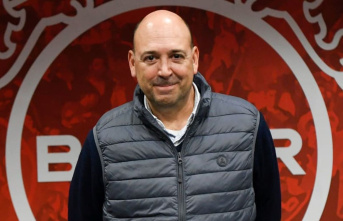The cool temperatures invite you to make yourself comfortable in your own four walls and get creative. Anyone who has always wanted to try their hand at embroidery, but hasn't had the time yet, could enjoy needle punching as a trend hobby. It is a kind of 3D embroidery that can vary in terms of look and feel, depending on which punch needle is used.
With a little practice, the punch needle can easily be used to decorate murals, cushion covers or even bags. In particular, the round murals in the embroidery frame are popular gifts for births, because with the stamped name of the child you can quickly and easily make a personalized gift yourself.
The punch needle is also suitable for children because it is much easier to use than with embroidery. You can also introduce your children to their first creative handicrafts. In addition, the selection of motifs is very large, so young and old are sure to find a suitable motif. Below you can find out how punch needling works, which materials you need and which tips you should heed.
This trend is suitable for anyone who likes (or wants to) embroider, but wants a technique that is less complicated. Needle punching is ideal for beginners. The decisive tool here is the punch needle, because with it you can easily work loops or satin stitches in a fabric, creating fluffy surfaces and motifs with a 3D structure. The choice of motif is up to you, but you should try simple shapes at the beginning in order to approach more complex motifs. You can find numerous templates on the Internet or in corresponding books with sample templates.
The punch needle is a combination of three different types of needles, including the decorative stitch needle, the punch needle and the latch hook. You thread the embroidery thread of your choice into the punch needle and use the needle to punch the fabric stretched in the embroidery frame. Gradually, more and more small loops are created. The beauty is, you don't need a lot of supplies to start needle punching. The eponymous punch needle is required, along with a suitable fabric, a motif template, embroidery thread (or wool) and an embroidery frame. To guarantee the hold, you also need a spray adhesive, so you can then glue the fabric loops well on the back.
You can see exactly how needle punching works in this YouTube video:
There are different types of punch needles. The material used is decisive for choosing the right punch needle. Depending on whether you are using wool or embroidery thread, you can choose between large or small punch needles. Punch needles that offer the option of setting different loop lengths are ideal. Because depending on the setting on the punch needle, short or long loops are embroidered on the fabric. The result is later reflected in the look and feel.
A loosely woven fabric is suitable for the punch needle technique, as this allows you to easily punch the fabric with the punch needle. The so-called monk fabric is ideal for this. Clamp this as tightly as possible in an embroidery frame and then punch it in with the punch needle. If you want to make corrections, already stamped fabric sections can be easily closed again. To do this, simply rub your fingernail lightly over the monk fabric.
You might also be interested in:
This article contains so-called affiliate links. There is more information here.


